Lux Interna’s there is light in the body, there is blood in the sun has been one of my favorite surprises of the year so far. Mixing the doom-isms of Nick Cave with the kind of tinkered Americana popularized by groups like 16 Horsepower, and adding a huge dose of rhythm, it dances instead of drones. I spoke to Kathryn Mary and Joshua Levi Ian via email as they traveled around Europe, and we talked about real and artificial space, inspiration vs. influence, and playing live. Enjoy.
Where have you been so far?
Kathryn: Right now I’m writing from Goteborg, Sweden. We’re currently living in Berlin, but have just been on the road a lot lately.
When did you move to Berlin?
K: We moved to Berlin last Autumn.
How did the band form?
Joshua: The roots of the project go all the way back to 2001. Kathryn and I, aided by two of our close friends, released a 10” entitled Truth and Beauty and all their Severity on the late German label Eis und Licht. The music back then was simple, sparse, dark folk. Over the years we released three more full-lengths, an anthology album, and appeared on a host of compilations. The lineup shifted a few times, but a core group of musicians remained at the center of things: Kathryn, myself, Kevin R. Sweet, Shane Hallinan, and later, Katherine Trimble. However, following the tragic loss of our longtime collaborator and dear friend, Kevin R. Sweet, Lux Interna entered an incubational period for a few years; we needed time to rethink things. In 2011 we reemerged with the current, entirely new lineup: Kris T. Force, Adam Collins-Torruella and, in the studio, Jeff Linsenmaier. In a sense There is Light in the Body/There is Blood in the Sun almost feels like an entirely new project – so much has changed and grown since our past work. However the name – the inner light – still corresponds perfectly to the aspirations that lie at the heart of the music; so, we’ve kept it. But this is definitely a new beginning, a turning point…a resurrection.
So your writing style has definitely changed over the years with your lineup, then?
J: Well, the sound has certainly evolved and – at least in terms of the new album – drastically changed. In regard to the writing process…I usually write the material, lyrics and the basic musical skeleton on my own and then turn them over to the rest. The next album however will involve more of a collective effort from the ground up. We took our time with there is light in the body, leaving room for growth to happen organically. We felt that this was important for us both sonically and conceptually on this album. We really wanted to leave behind preconceived notions of how the tracks should sound and let them develop on their own, so to speak; with this in mind, we returned to them again and again in live settings before setting about the studio work. A lot of the songs are about creating a certain space and allowing the listener – as well as the musicians – to enter that space…the images, words, and tone of the music is really trying to express the voices of spaces beyond the periphery of the human world of endless chatter, manufactured sound, and artificial light. In fact a lot of the lyrics were written during trips into rural regions…Death Valley, the Pacific Northwest, the forests of Lithuania…I suppose that this “spatial” approach to the music really slowed down, and changed, the writing process quite a bit. It really demanded a different approach, one that would try to bypass, as much as possible, deliberate songwriting. We wanted to leave less of a conscious imprint on the tracks, I guess…
What do you think draws you to those ‘spatial’ images, moving away from man-made settings to natural ones? Why do you think it shows up in your music?
J: I think that we’re drawn to natural settings as a sort of reaction to the increasingly hyper-technological world that gains new territory by the day. Most people are well aware that natural space, wild space is vanishing as cities and suburban sprawl devour landscape after landscape. But it doesn’t stop there: space, more fundamentally, is disappearing. I mean this in regard to psychic space as well as physical space. The virtual world, which many of us (I include myself in this critique) seem to find ourselves spending more and more time in, is essentially despatialized; its parameters are not open to the natural world nor are the virtual selves we inhabit within its regions… it’s the fulfillment of a dream of power and the closing off of human consciousness from worldly spatiality that makes us feel vulnerable and finite.
Virtual space is no new invention of course: the artists, poets, visionaries, mystics (etc.) of all ages have known the value of cultivating it. But the raw material for this virtual space used to be a relationship between the self and the given world. Today, this once-wild space, mirroring the physical spaces that we’ve encroached upon, is becoming ever-more domesticated and subject to systematic control. The virtual world offered to us through technology allows us to inhabit an imaginal space with a clarity that has perhaps never been achieved on such a grand scale; the other side of this, however, is that it provides us with a pre-structured imaginary, a space shaped by vested interests, corporate and otherwise, which are not ours or nature’s.
It’s well known that governments shape public space – for better or for worse – in order to shape the overall experience of space, and thus, of the body politic. But virtual space offers new opportunities to shape and tame inner space. I’m not interested in conspiracy theories or vague spiritual posturing. And I’m not holding myself up as some sort of anti-modernist model – or even anti-modernist for that matter. But I think that this situation is fairly east to see. And this is one reason why the image and reality of wilderness is so important to us, both in an inner and outer sense. The music is an attempt to give voice to these wildernesses… to weave them together: light, body, blood, sun.
Do you think that idea of space pops up in your music, not just your lyrics?
J: Oh yes…I wasn’t even really thinking so much of the lyrics in my last reply, but more of the whole of the music. The music is meant to unfold more “spatially” than “temporally”…I mean, the structure of some music is more chronological, time-orientated than other music. For example, standard pop music often relies on the alternation between chorus, verse and bridge. The songs on There is Light in the Body, There is Blood in the Sun are more cyclical, more atemporal — at least in my opinion — than our earlier work — there is a lot of rising and falling, ebbing and flowing, rather than sequential motion in the music. I really like the idea of each song opening up a landscape or territory that one can explore; but none of this was really planned out…it wasn’t an intellectual project or a concept that we thought through. The songs just began to develop in this direction. In a sense, the concepts arose out of the textures and sounds that we were beginning to get, rather than the other way around. And I think that we just ended up working a lot with space on this album, particularly on tracks like “Nida.” But I guess the marks of time are there too; I think of some of the songs as journeys.
I noticed that, compared to older songs, the new ones have much more of a focus on rhythm, especially in regards to the amount of percussion found on each track. What changed that this became more of a focus?
J: Yes, the rhythmic element is clearly quite a big change. Some of the songs were originally written in our earlier, more folky style, but as our sound began to shift it became increasingly clear to us that the previously-underused element of rhythm needed to come to the fore. Kathryn started experimenting with different hand percussion instruments to add texture to the songs, and eventually we enlisted Jeff – who we knew from his work with Wovenhand – to add full percussion to the album. Currently, we’re working with Adam in live situations as well as on the new material, and he adds yet another layer of percussive energy to the sound. He’s a pretty epic drummer. The last show that we played, Oliver from the German neofolk band Sonne Hagal joined us on stage, doubling the percussive dimension of the music. I think it work really well.
When I play, I want to catch fire, I want to disappear into something that’s more than the sum of the parts of the evening…more than the band, the performance, the audience…for everything to be a blur, without division. I want a violent, all consuming light of sound. I want to be part of something that speaks the language of the body as well as the spirit. And somehow, rhythm really helps me get there, it helps me let go. Even though it’s based on measurements of time, repetitive rhythms really devour time for me…they restructure it into something cyclic, rather than chronological…
Is playing live an integral part of what the band is, or what the band tries to accomplish? Are there certain spaces you like playing in as opposed to others?
J: Though we played a handful of shows with former incarnations of Lux Interna, I really think that we’ve just come into our own as a live band. Until the last few years, we never made live performances that much of a priority. Part of the reason for this was that Kathryn and I tend to move around a lot; it was often the case that we were on the other side of the world from the rest of the people we were working with in the studio. Though we’re still really sort of peregrine creatures, we generally call California home these days. And since we’ve been there, we’ve really had the chance to hone our live performances and work as a real band and develop the real relationship among the four of us that’s so important for expressing the project in a live setting. At this point, the live performances have become a definite focus for us. We hold them sacred. But we also have a lot of fun… our shows seem to feel somewhere between a catharsis, a hallucinatory journey, and an old-time tent revival…if that makes any sense at all. So, to directly answer your question: yes, I think that the live performances, the states achieved, the energy released, and the connection with the listeners is crucial to what we’re trying to do. In regard to space, well, yes of course they do matter…but we do our damndest to create the space that we’re playing in through the music and the performance. As a kid one of the things that inspired me to get into music in the first place was when I realized how it transforms space…one minute your in a dingy, boring room…just add music and the atmosphere shifts radically. But that said, natural spaces really offer something special. The most beautiful setting that we ever had the chance to play was against the backdrop of the Sierra Nevadas at the brilliant Stella Natura festival. We’re really looking forward to being back there again, this year…
Yeah, I wish I was out on the west coast, I would travel to Stella Natura, definitely. The lineup this year is so great, with Ash Borer and Wardruna and a bunch of others too.
That’s also sort of a mixed-genre festival, but definitely leaning toward more heavy music with some folk influences (Wardruna, you, etc). Do you find yourself ending up on more bills like that one, or do you find yourself in somewhat incongruous settings?
Also, about musical influences, are there any that you think really pop out in your music? I noticed on the facebook you covered “Lungs” by Townes Van Zandt, one of my favorite songs, but it was twisted beyond recognition. Do you think you try to do that with all the music that inspires you?
J: Well, of course not every bill can be as great as Stella Natura. I like playing mixed-genre shows…especially because we aren’t a genre band. I don’t really think – or listen – along genre lines. There should be some continuity in line-up of course, but often this works best when approached more in terms of mood or theme, rather than formally. When we first started playing shows with metal bands, I wasn’t really sure how well it was going to work. In Europe, we always seem to share bills with neofolk bands. But the shows with metal bands have been some of our best, and the audiences have been really responsive and filled with people that actually care about the music… that actually come to the show to see the music performed and not just to “see and be seen” by their scenester friends. That said, we just recently played a fantastic evening in Germany with Of the Wand and the Moon and Rome, and the whole night flowed really well. So, it really depends on the individual show, I think: the bands, the energy, the audience, the setting, and so on. As a rule though, we try to not to play bills that we feel are really off the mark.
In regard to Lungs – “twisted beyond recognition”… well, that’s a bit harsh! To be clear, it’s certainly not our intention to “twist” Townes’ work in any way. He is one of the songwriters I respect the most. We interpret cover songs in our own way, of course, as I don’t think that there’s much point in recreating a song in the exact same vein as the original recording with different musicians. We’re more interested in the spirit than the letter. We make it our own, and bring out the way that we experience the song, as a sort of giving thanks to the song. But of course, not everyone shares our vision. Our approach is to hone in on our subjective experience of the piece we’re playing.
In terms of what has shaped our sound – my ideal is to listen to music with more of an ear for inspiration than influence. I can only speak for myself, but of course there is music that’s really left deep imprints on me, and I’m sure that shows through the way I write and play. Bands and musicians like Rowland Howard, Hank Williams, Joy Division, Johnny Cash, Leonard Cohen, and The Birthday Party hit me at a very formative age, and have never really fallen silent for me. And Son House’s guitar playing is enough to make me believe in grace. But of course new music is always coming in and out of focus as well. At least equal to other musicians, in terms of my songwriting – and perhaps more so – are literary figures. Currently I’m fully immersed in the world of the 17th Century German mystic Jacob Böhme. His work, along side, for example, Dylan Thomas’ early poems, had some sort of impact on “there is light in the body, there is blood in the sun”…but a lot of what goes into the music is personal. As an artist, I think that I tend toward being a bit hermetic…
For the record, the ‘twisted’ comment was meant to be a compliment!
I guess just to kind of close this up, what do you see as being up next for the band? Any drastic changes you can foresee?
J: Oh, thanks for clearing that up! And sorry to have misunderstood…
As for the immediate future – Kathryn and I are preparing to return to the U.S. after a year in Europe, so we’ll be able to work more closely with the rest of the band in the coming months. Stella Natura will be our reunion performance on the West Coast. We already have quite a bit of new material written as well, and the plan is to release an e,p. in the next six months or so. I think the new songs build on elements in there is light, but take the dynamics further. On the next recording we’ll be focusing on trying to capture our live sound, which is a bit more energetic and heavier than the previously released material. We are also considering releasing a limited edition live album, and preparing for more extensive touring in North America. We have momentum on our side. I think that all of us involved in Lux Interna have the feeling that we’re moving toward some new point that we can’t quite see clearly yet. As a musician I go through periods where I feel the force of a strong creative velocity behind my work; other times I feel a sort of dormancy – I’m happy to say that right now is much more of the former than the latter. Spirit is not lacking…


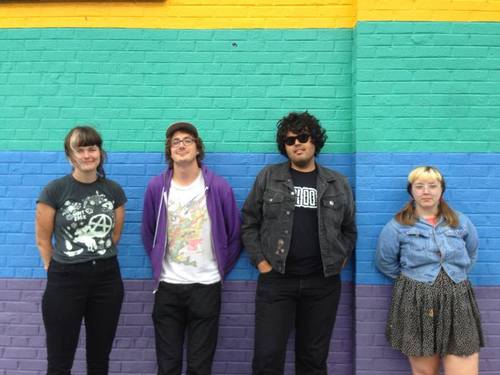
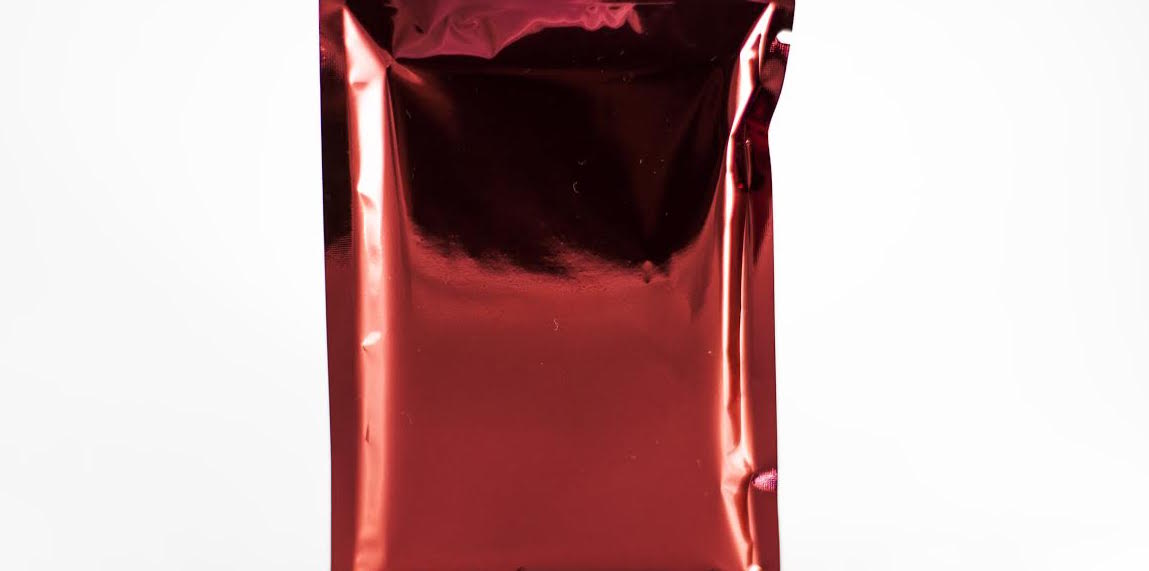
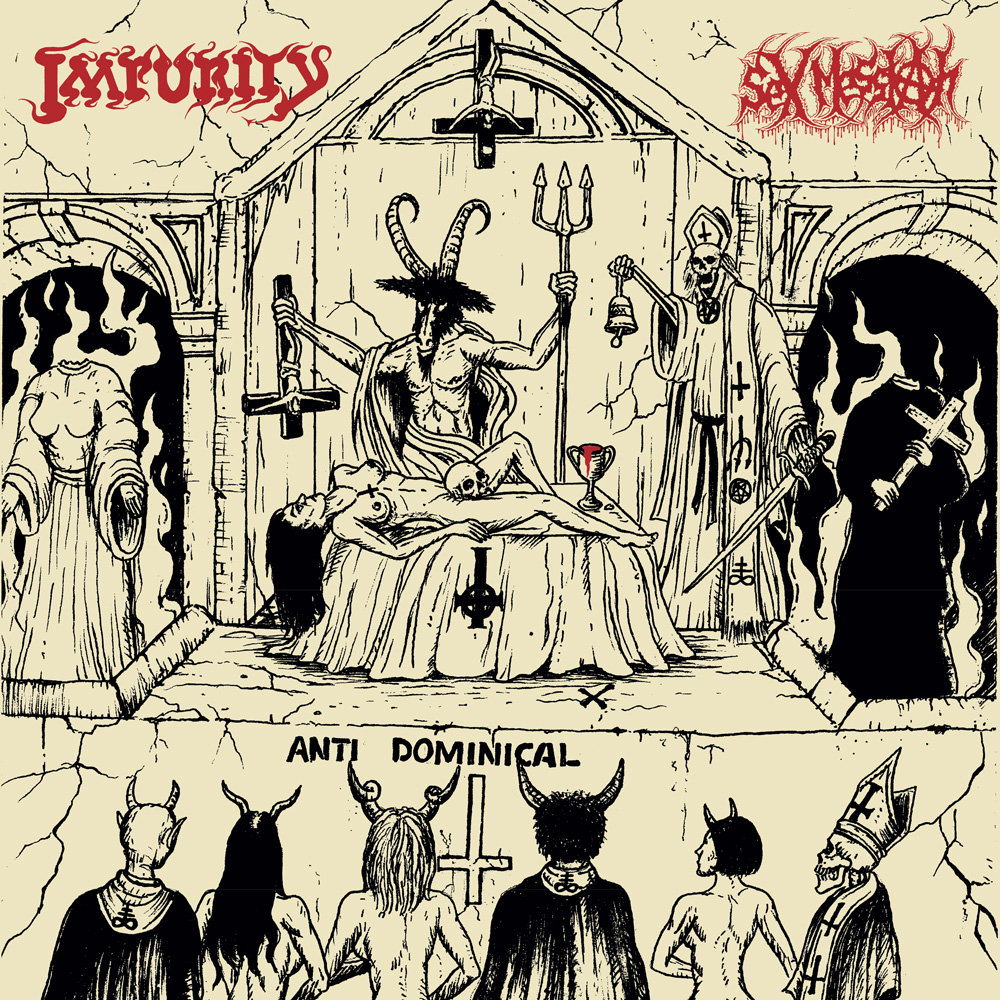

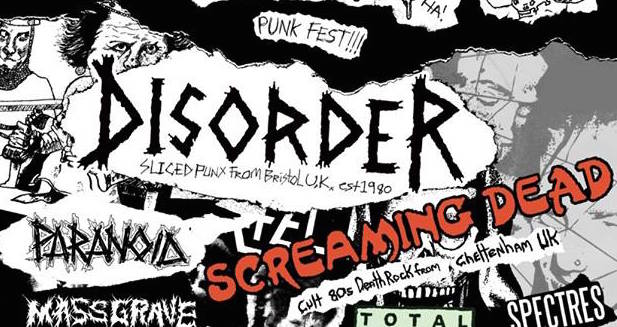

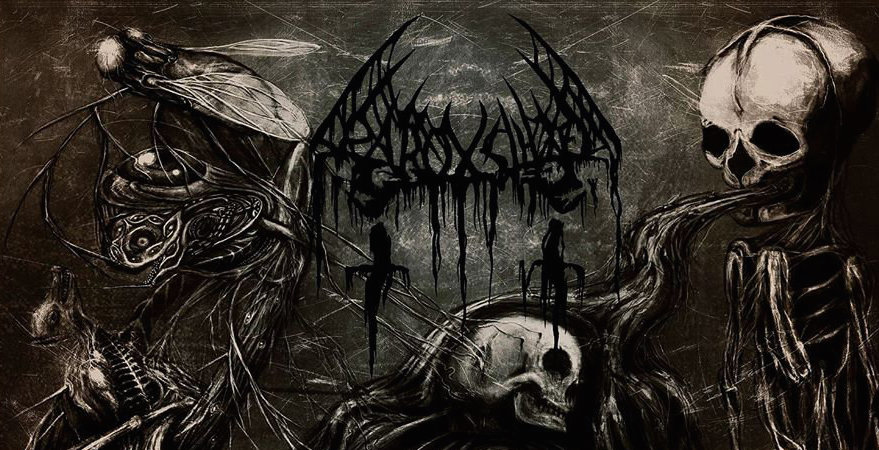
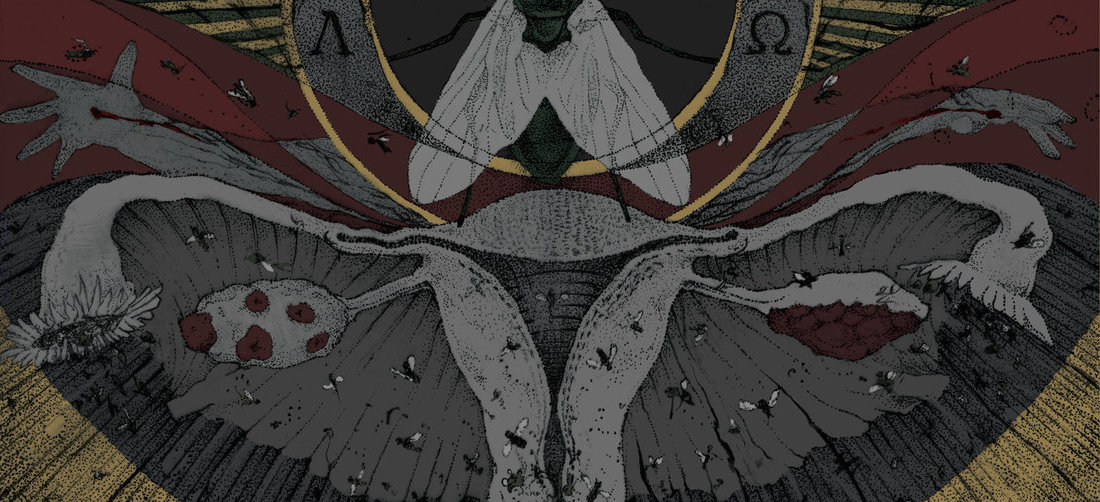
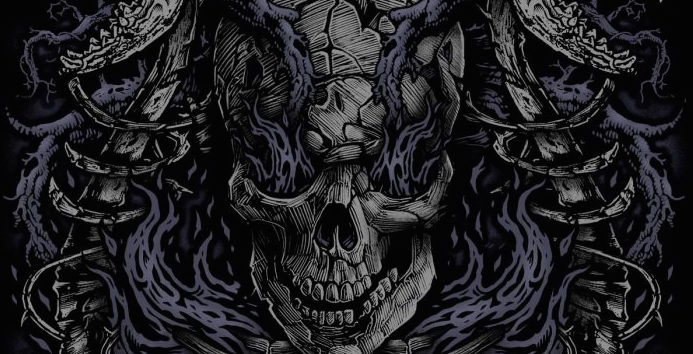
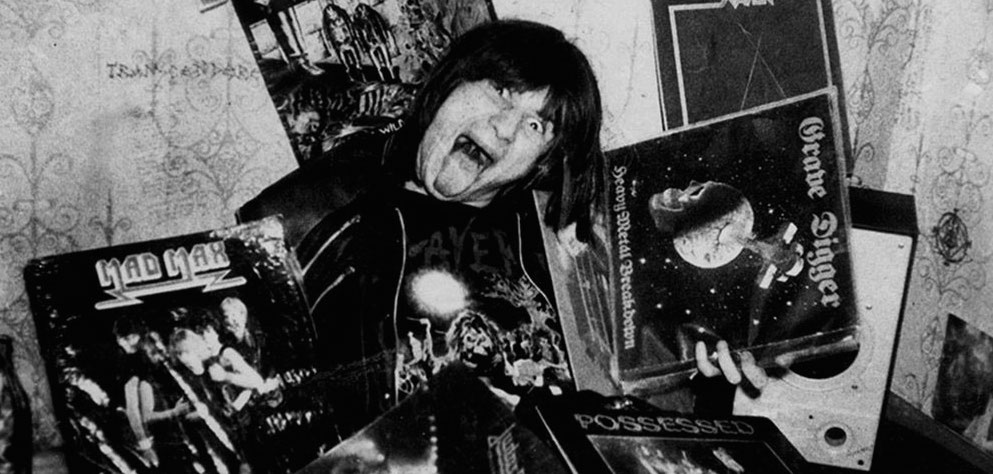
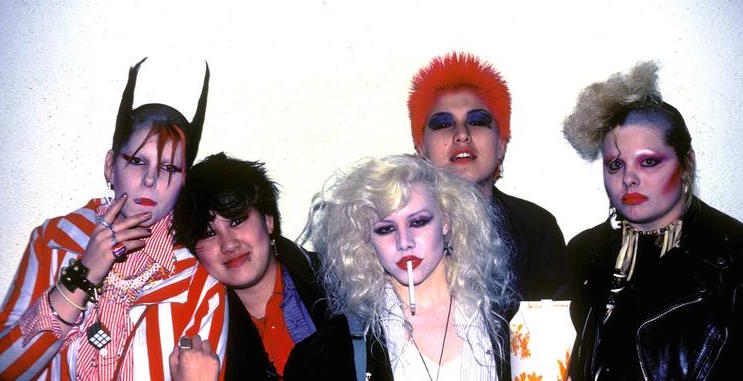
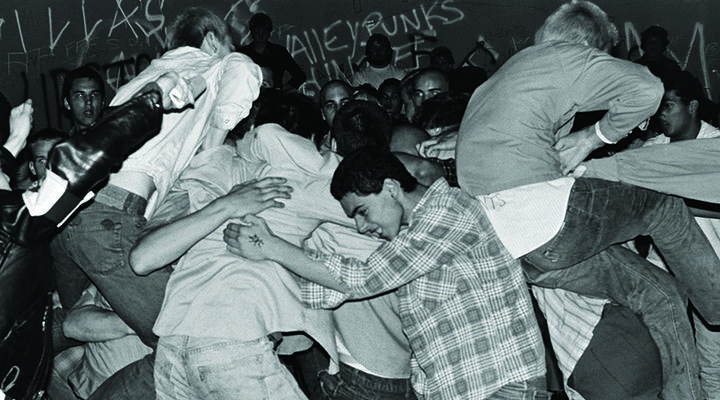


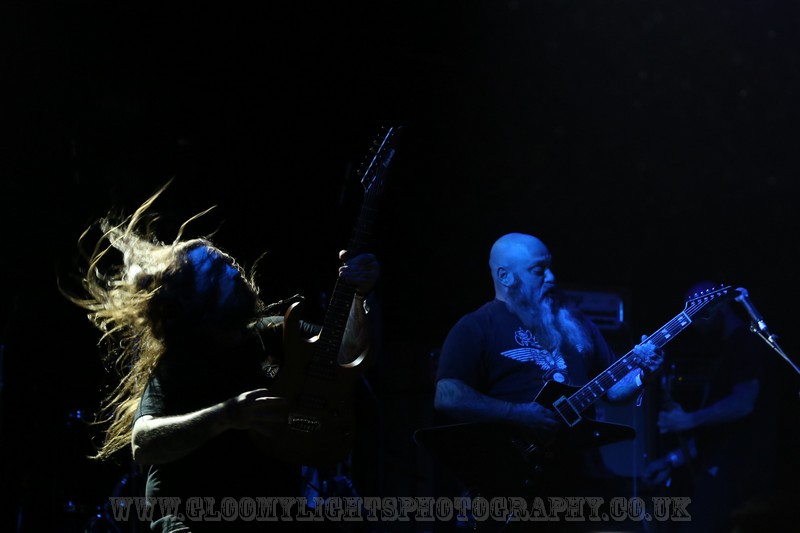



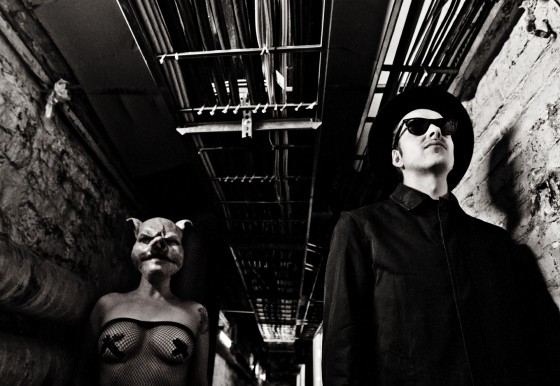
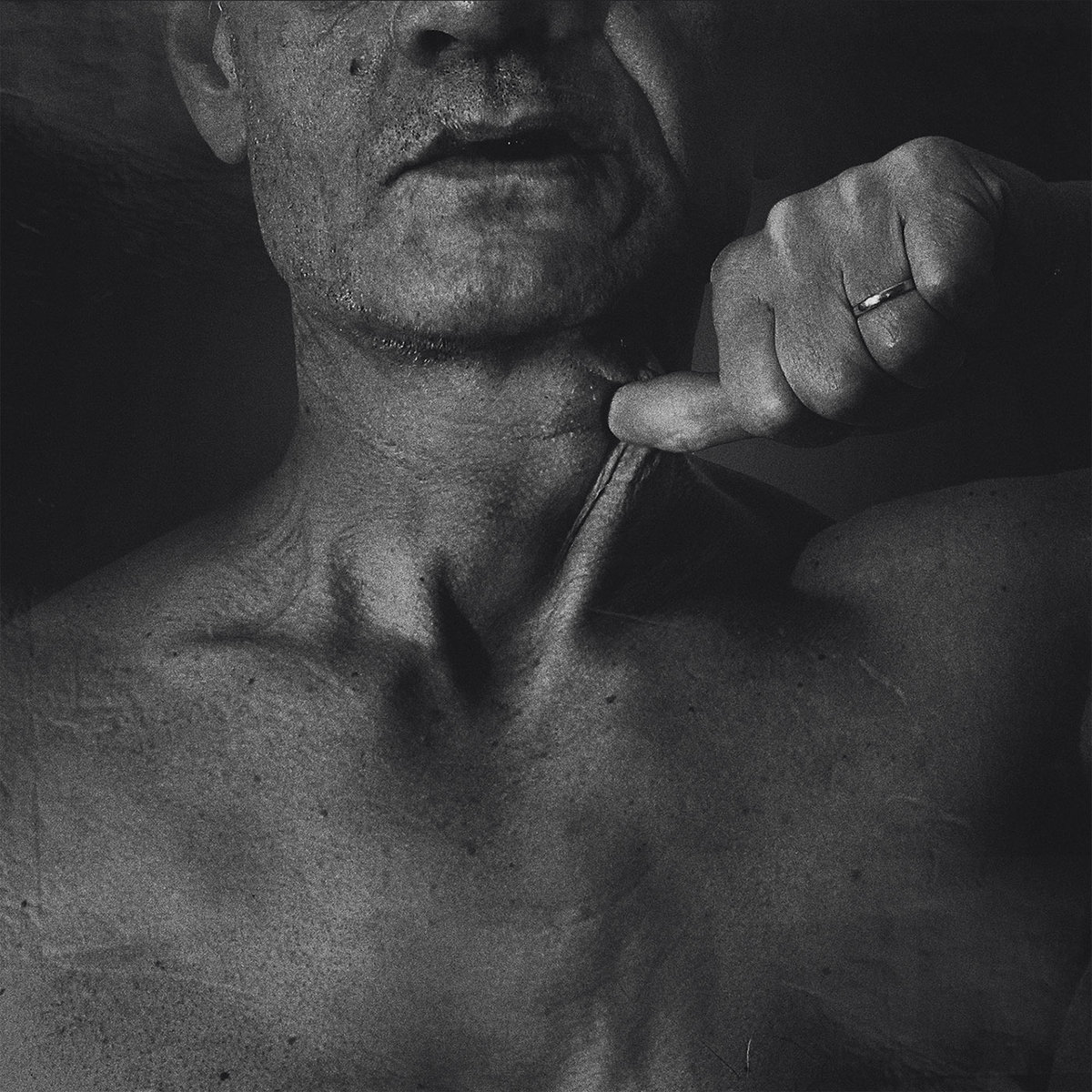
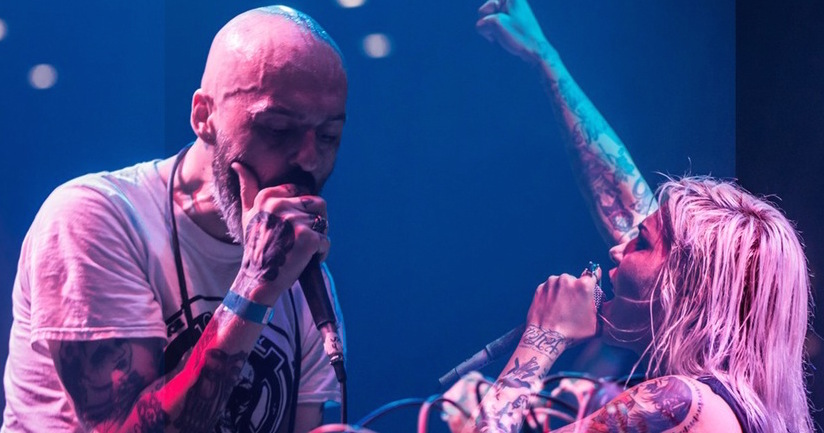
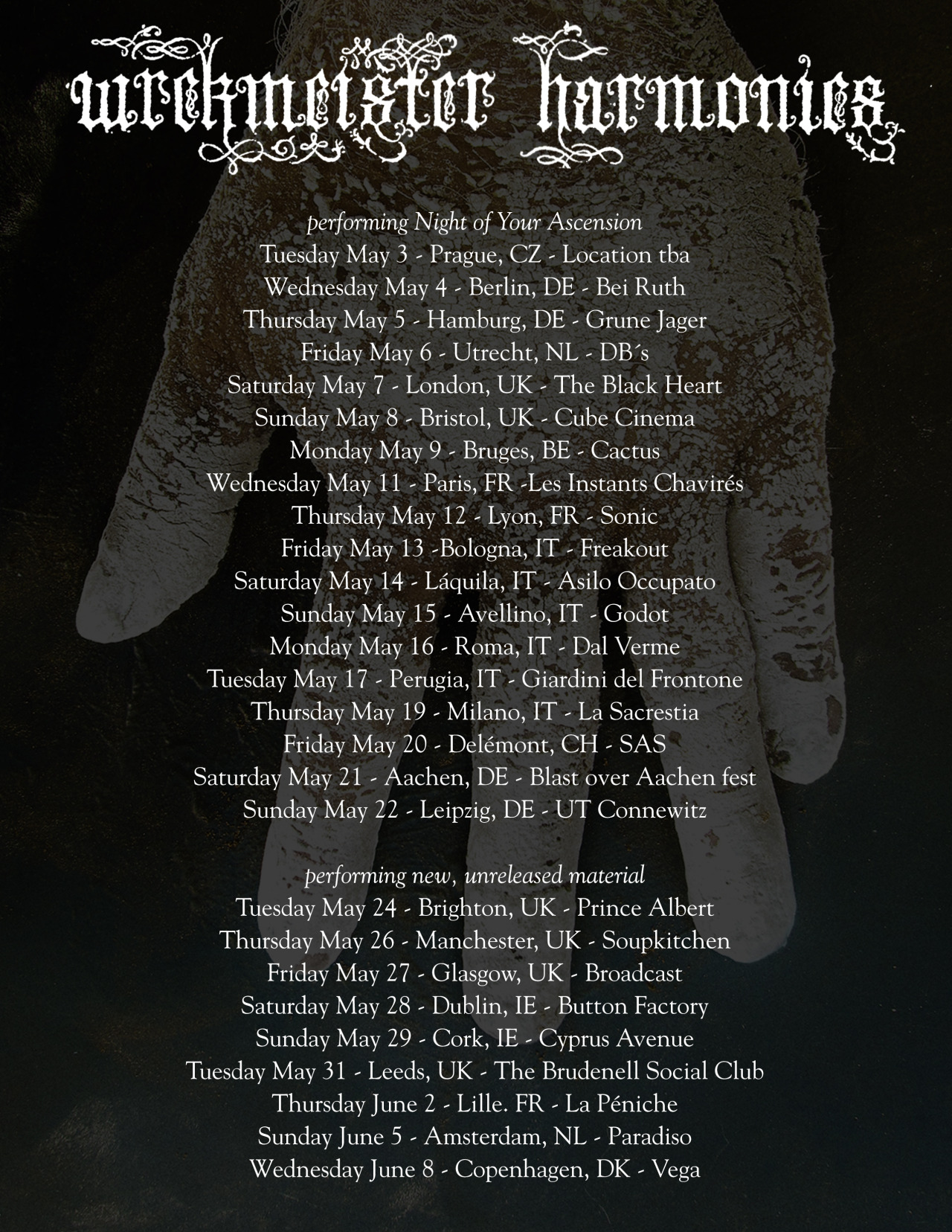
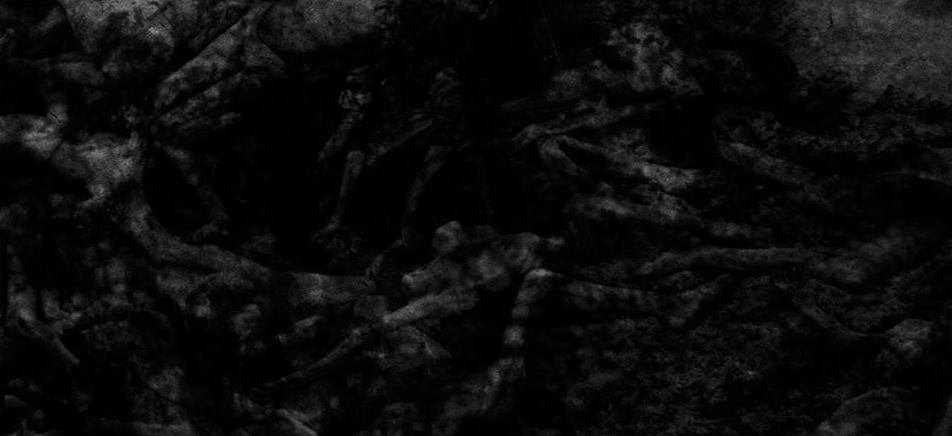
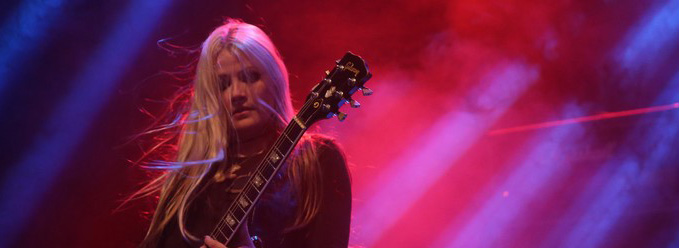
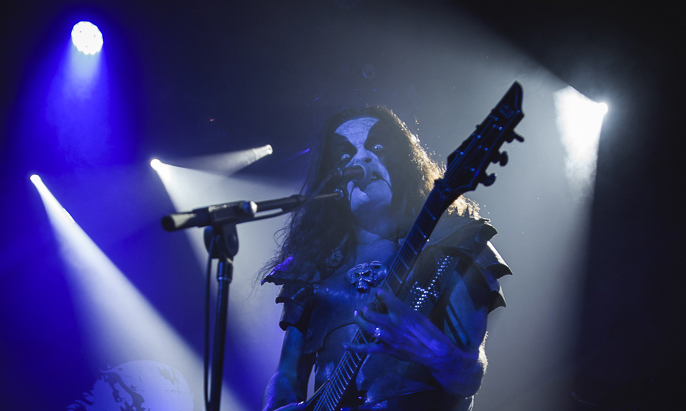

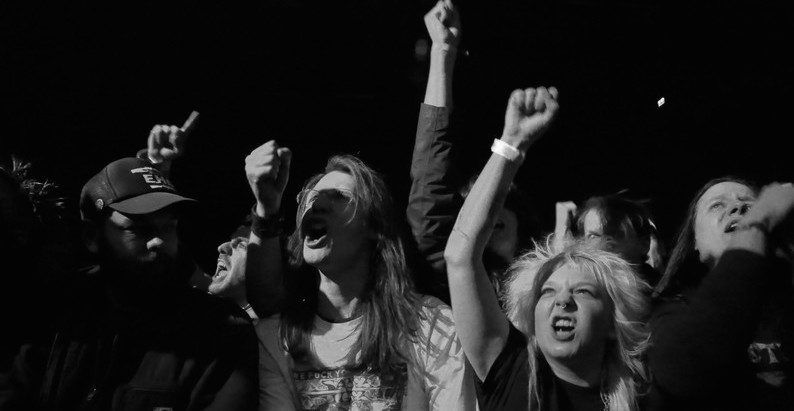
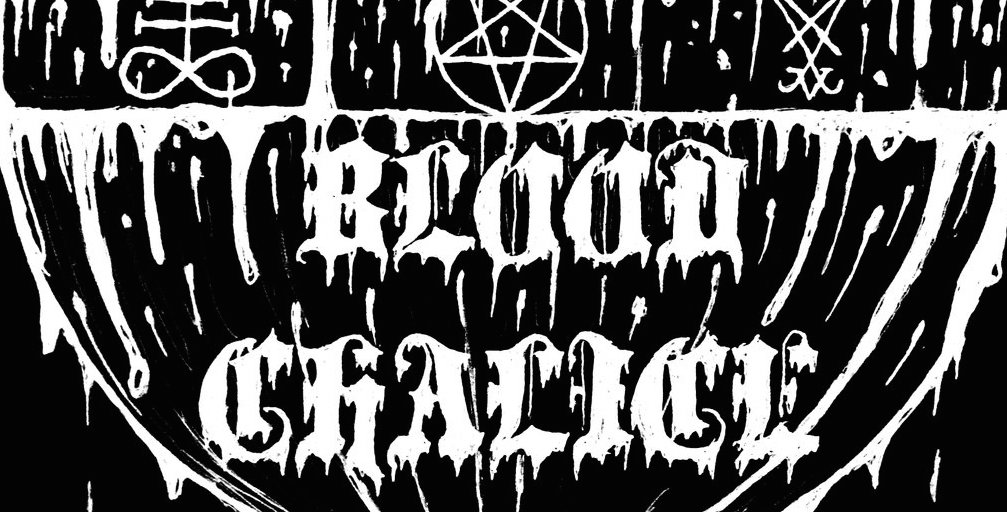
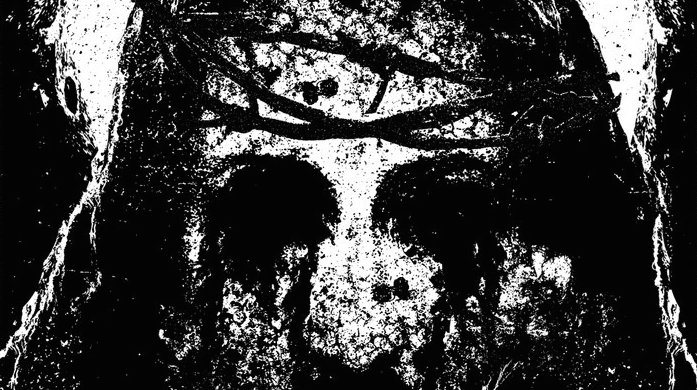
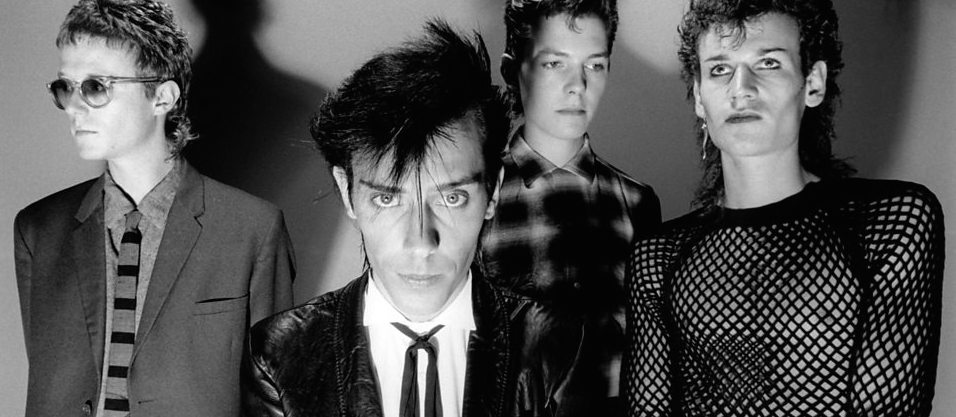

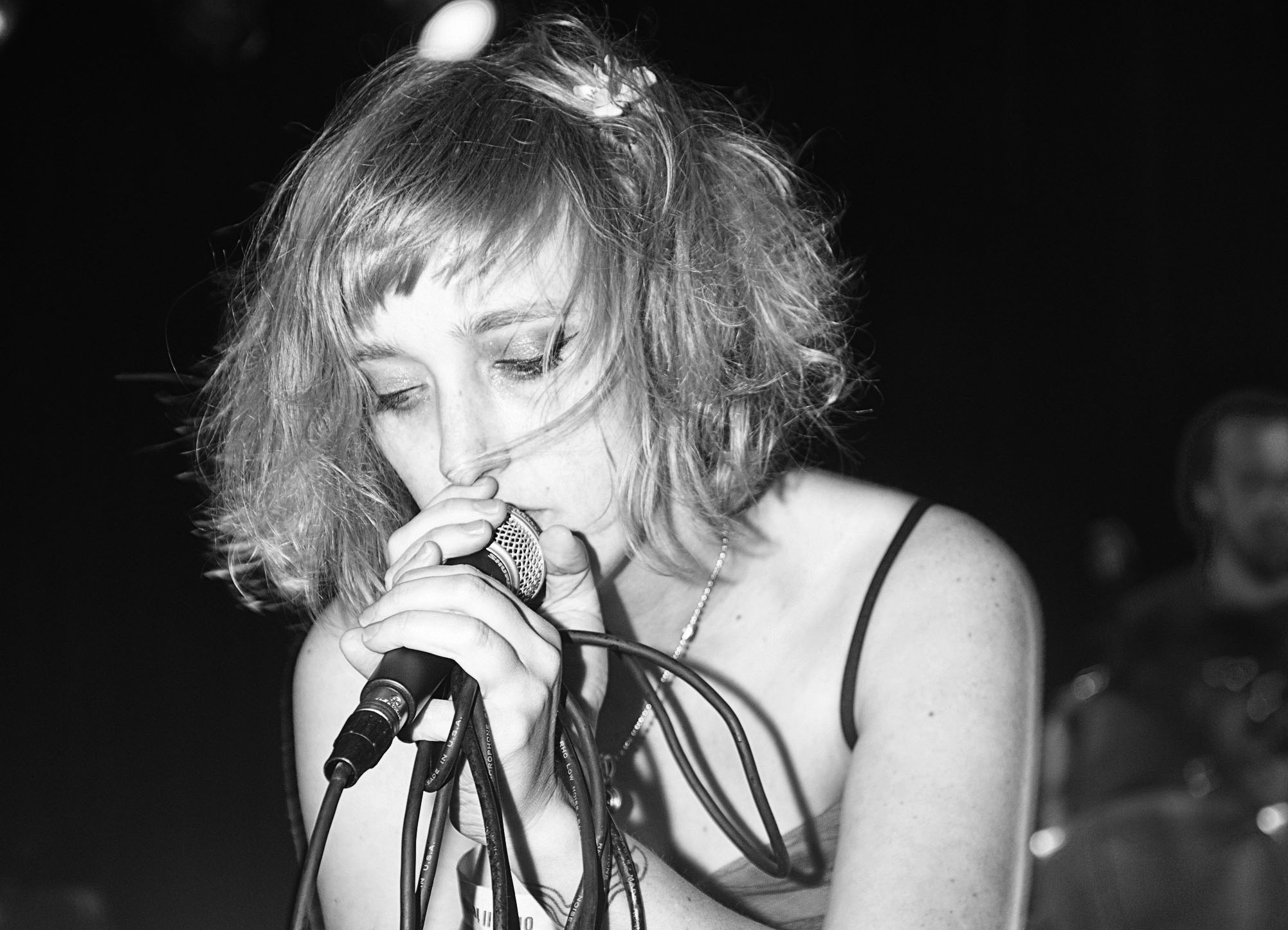
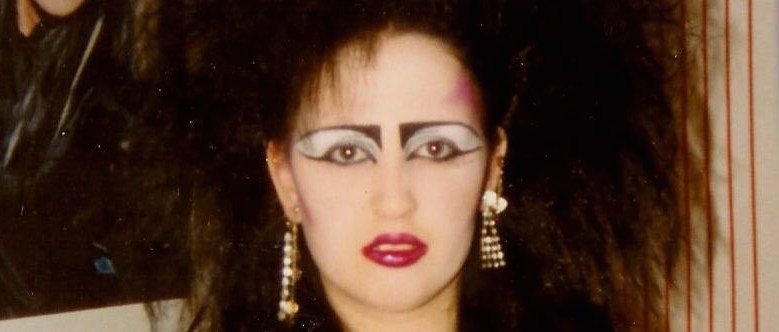
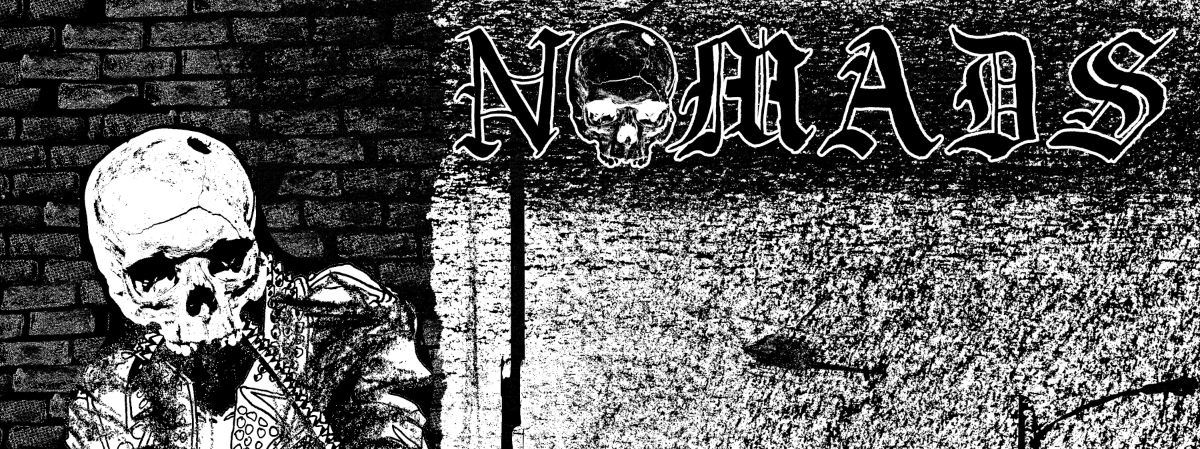
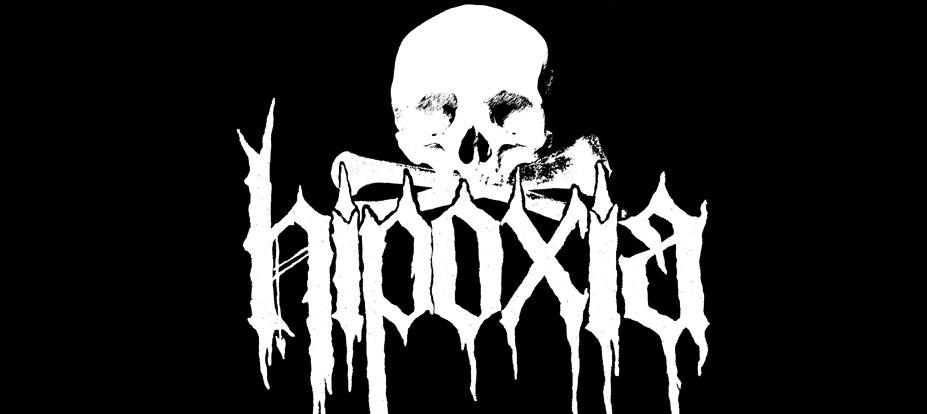
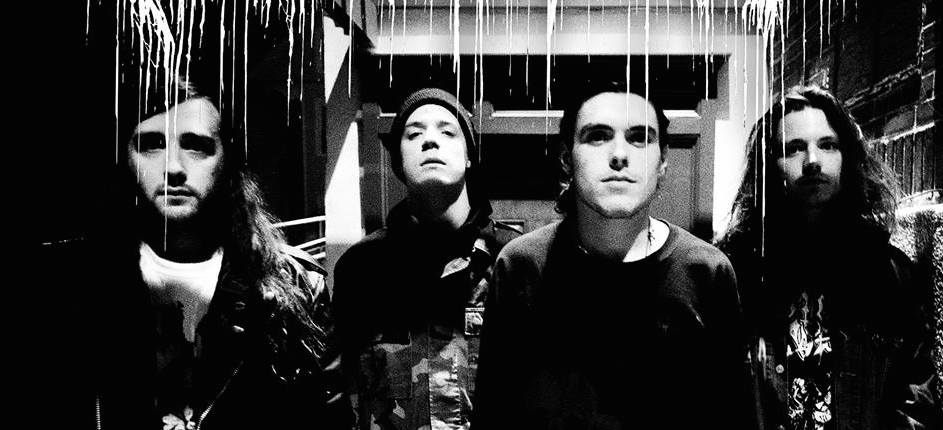
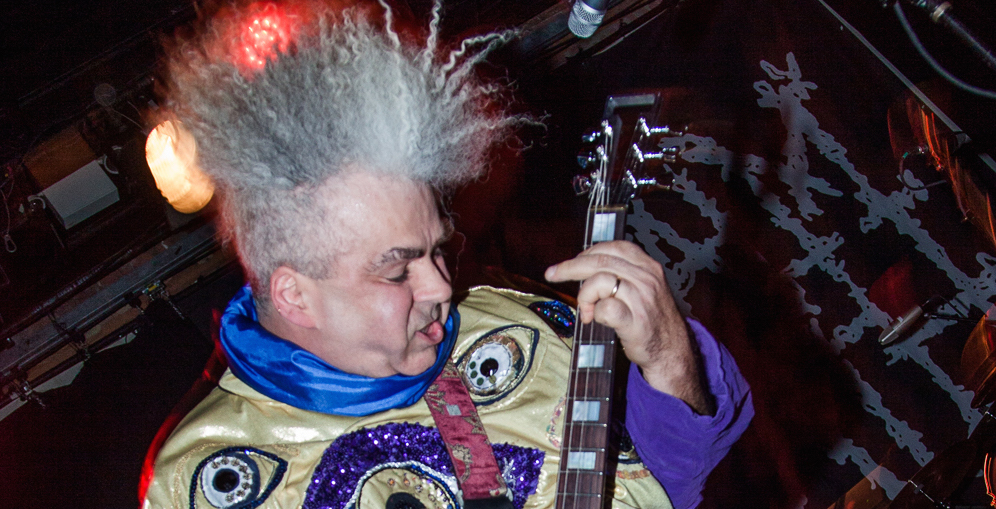

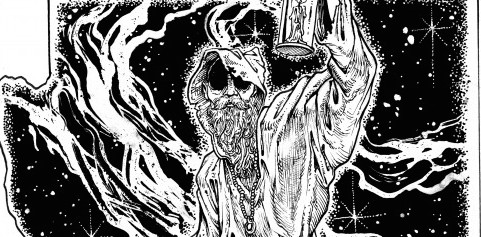
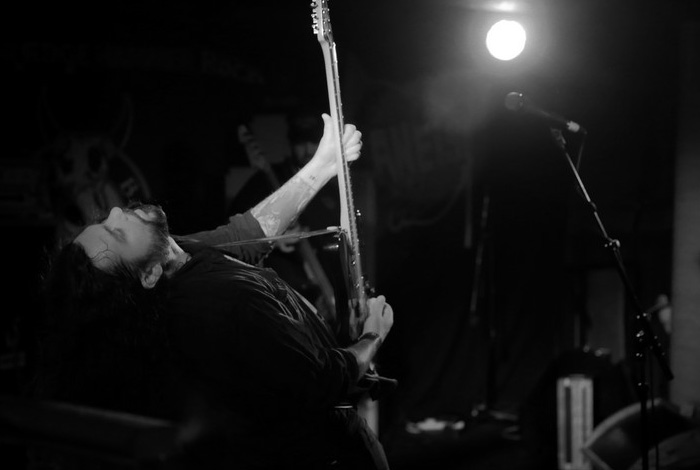
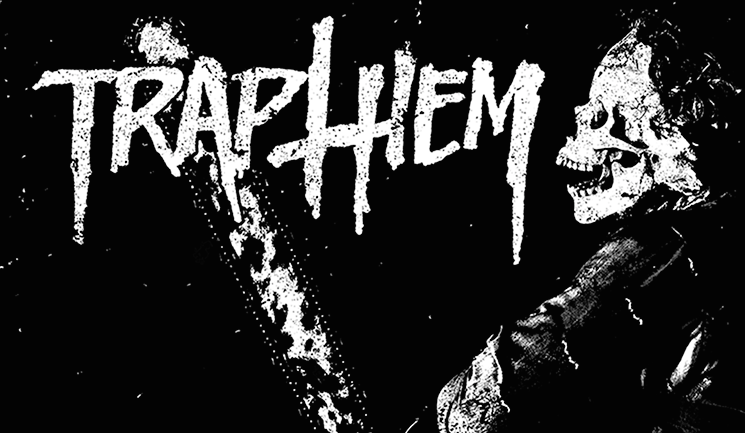

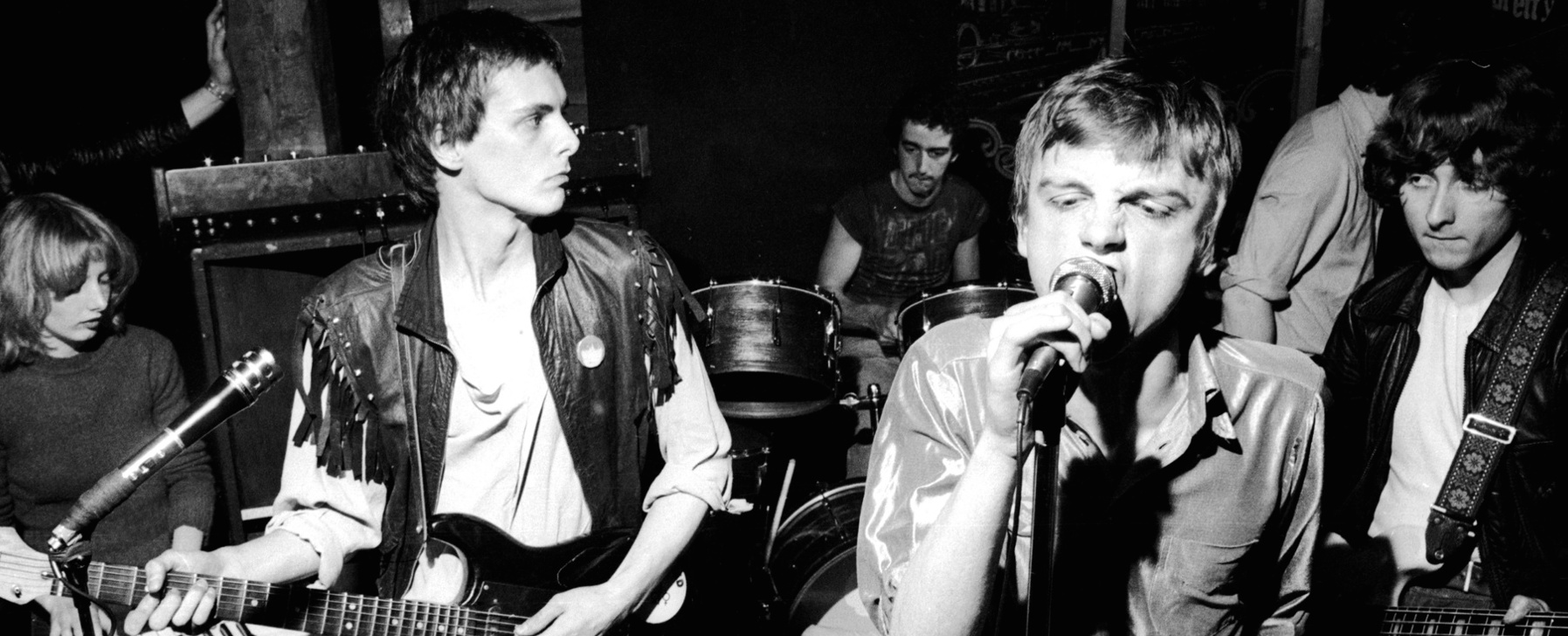
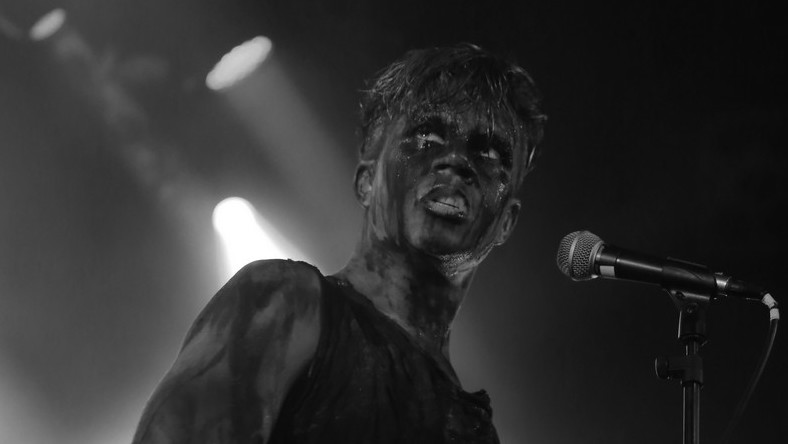
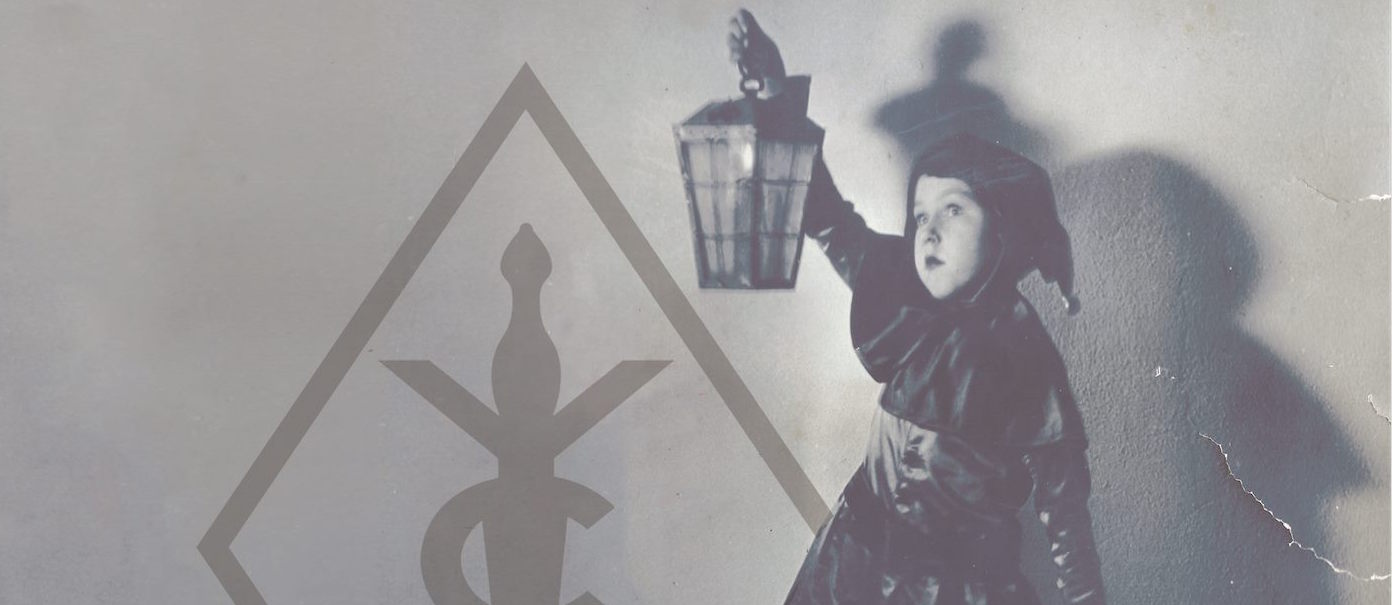

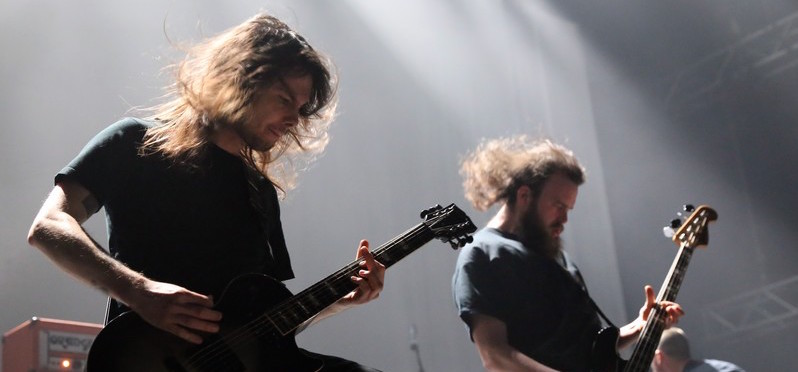

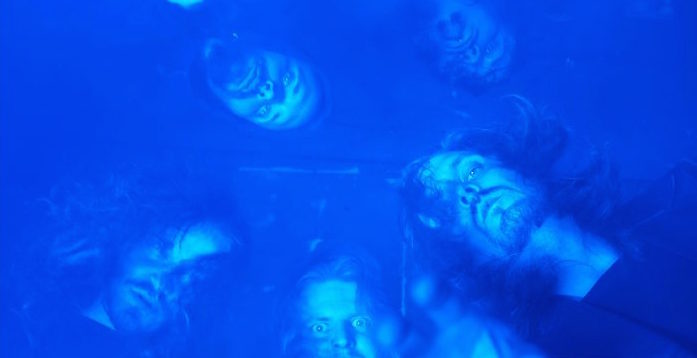
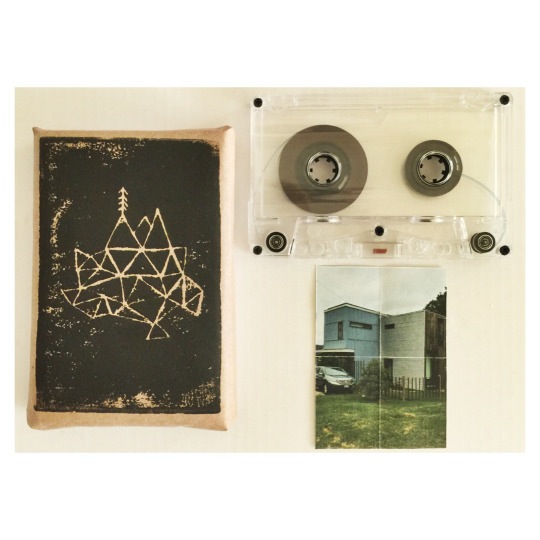
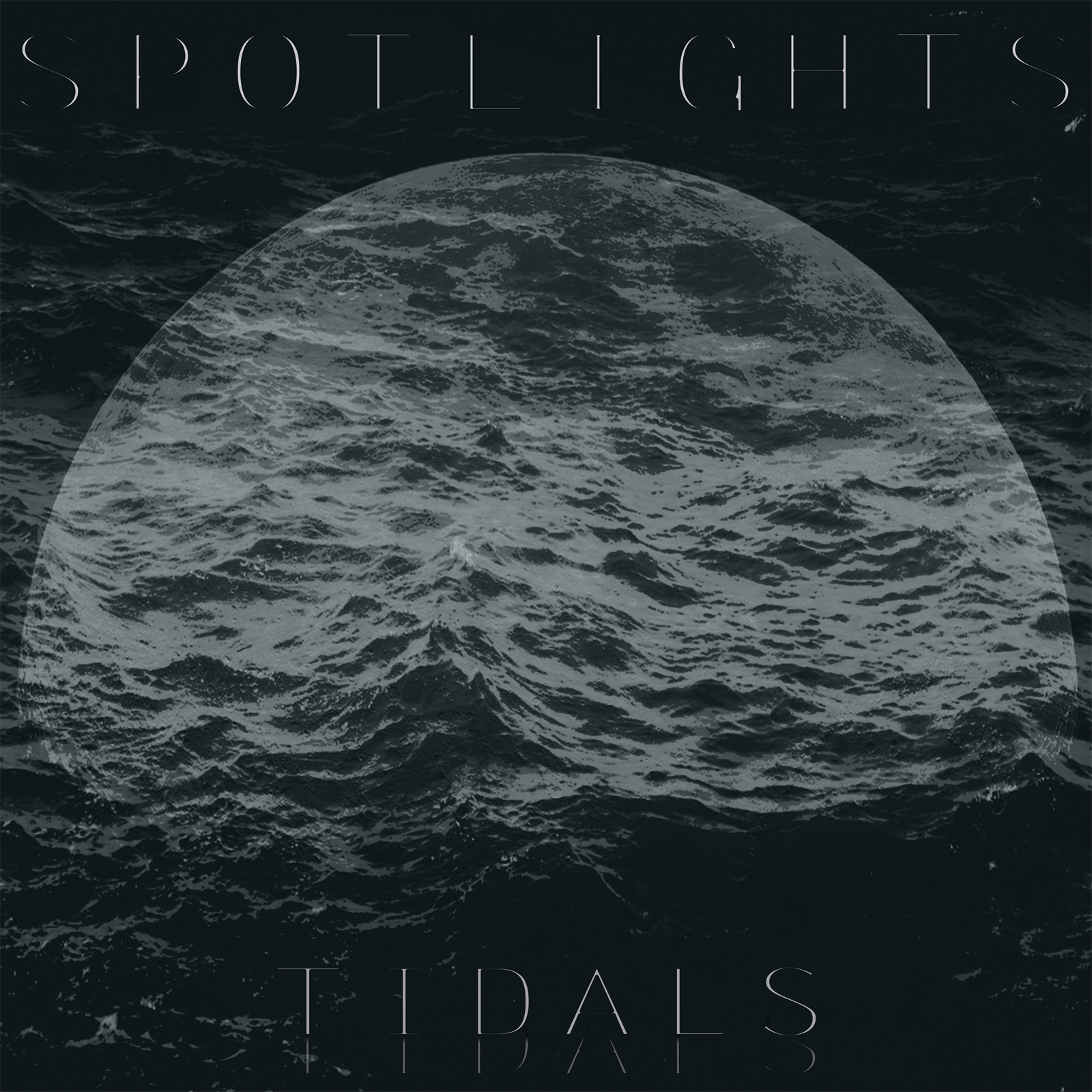
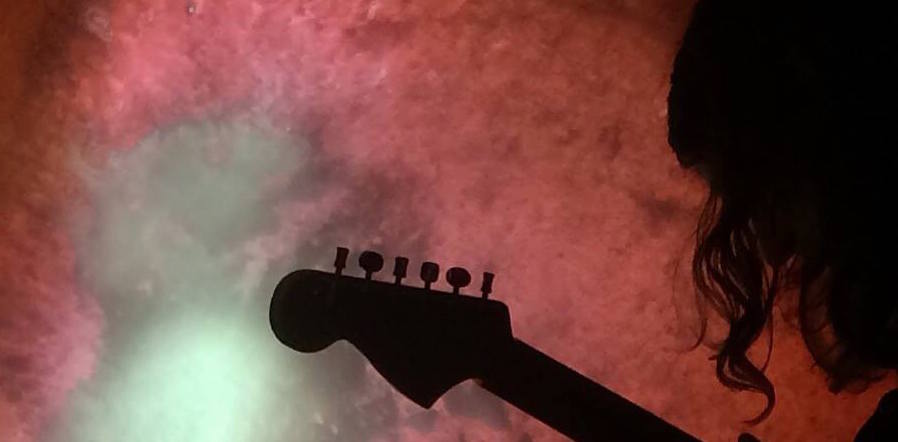

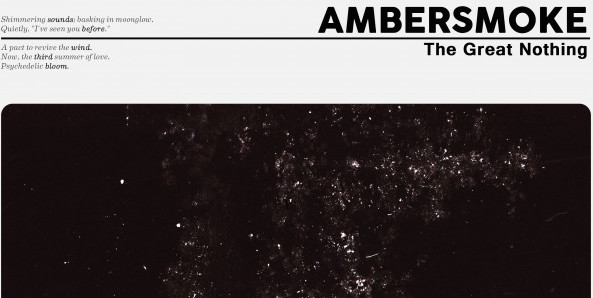
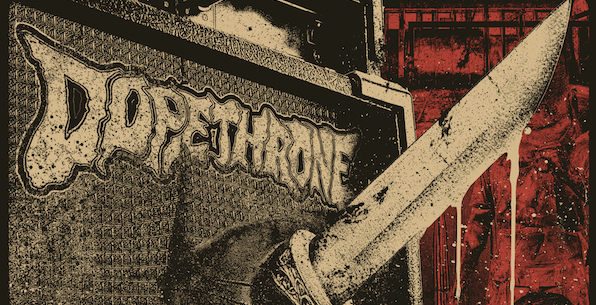


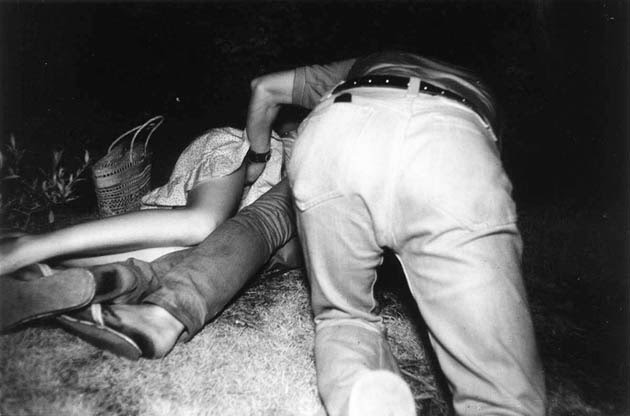
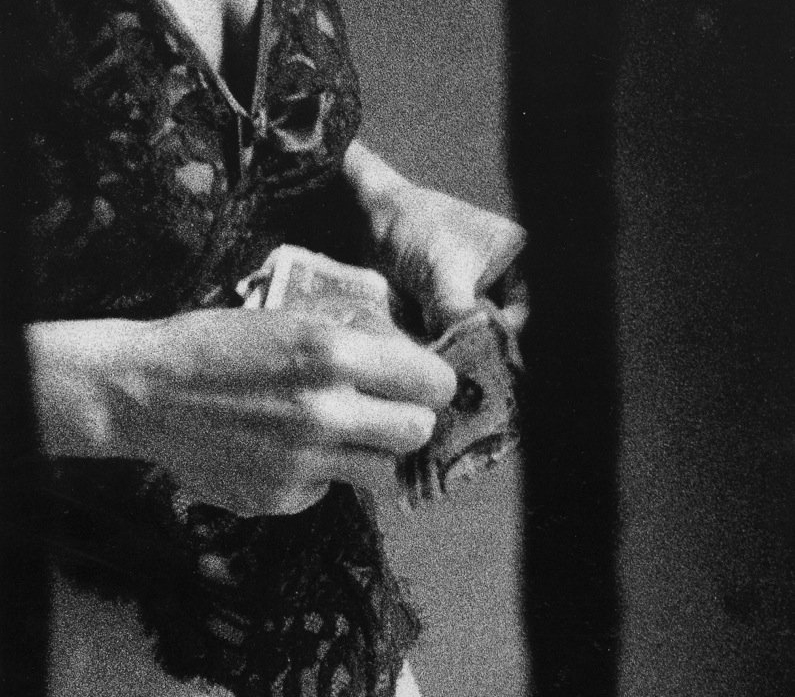
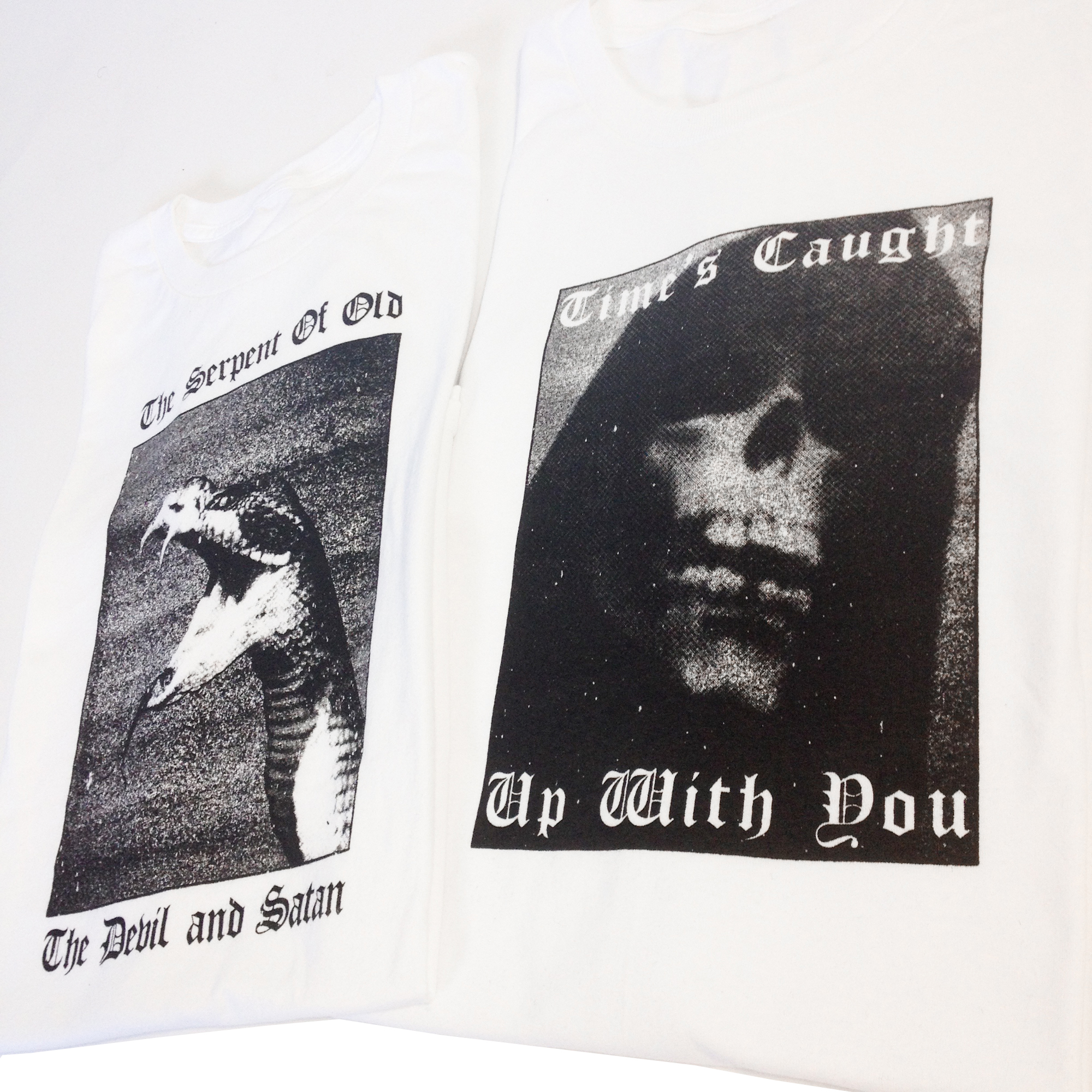
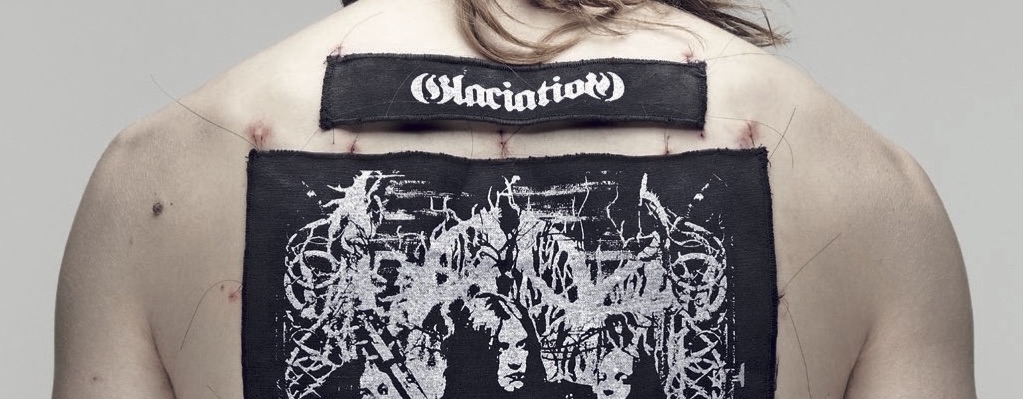

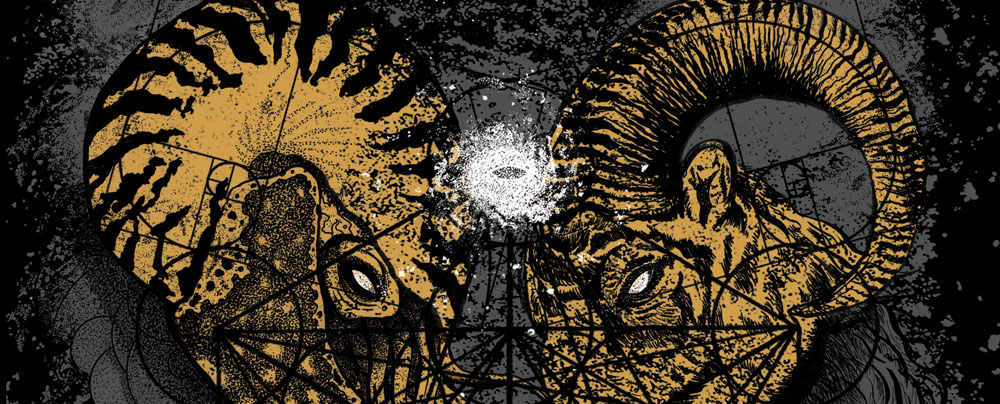

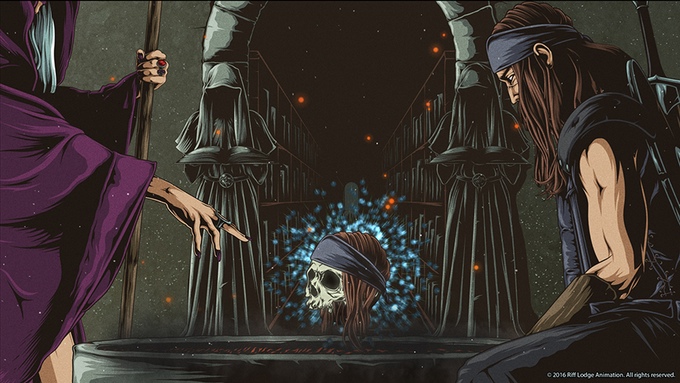
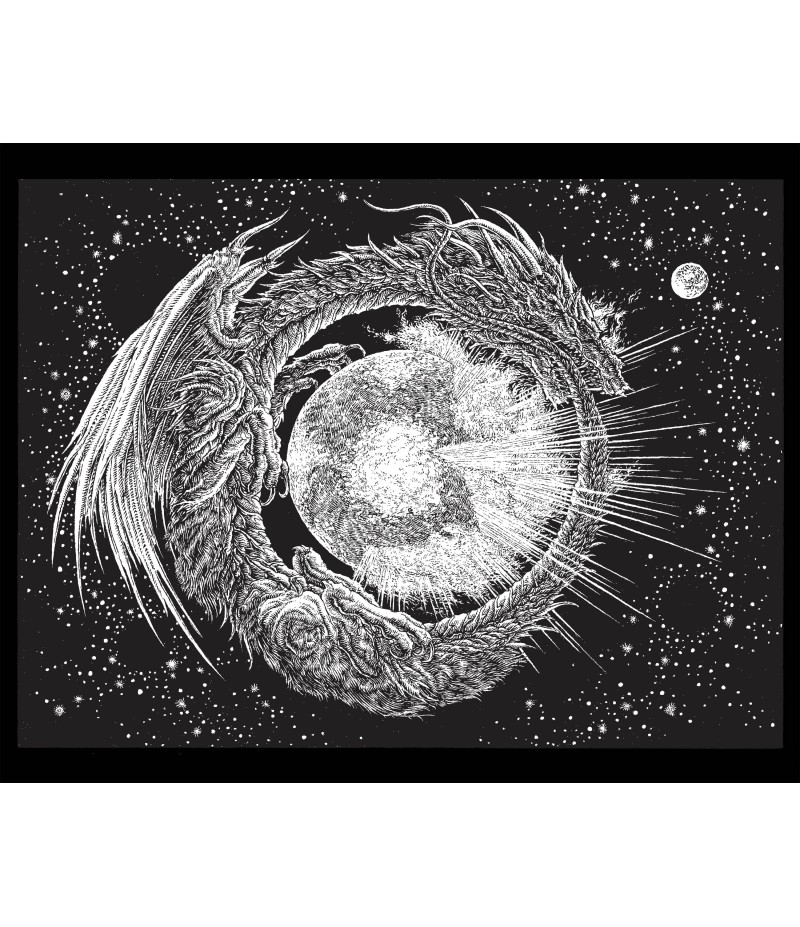
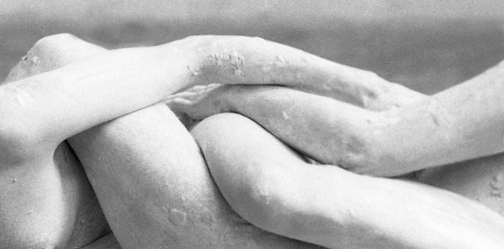
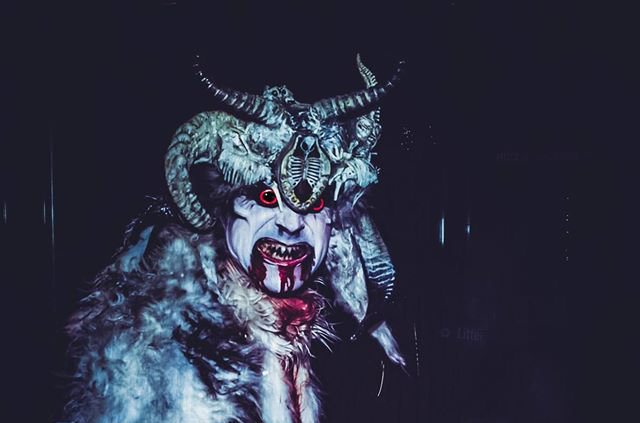
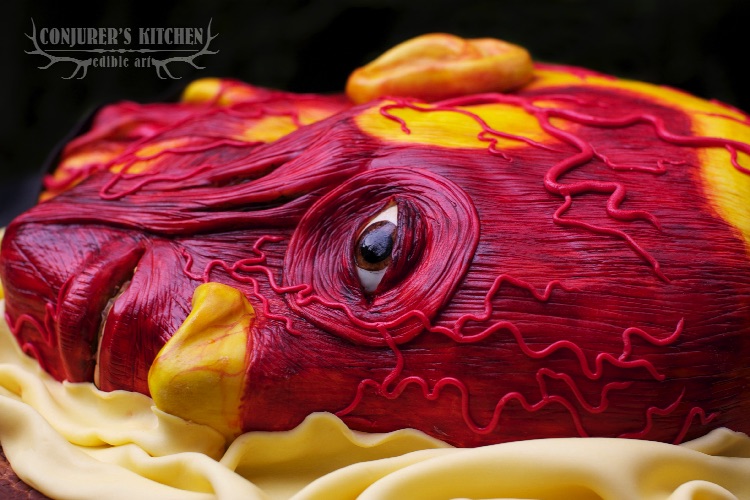
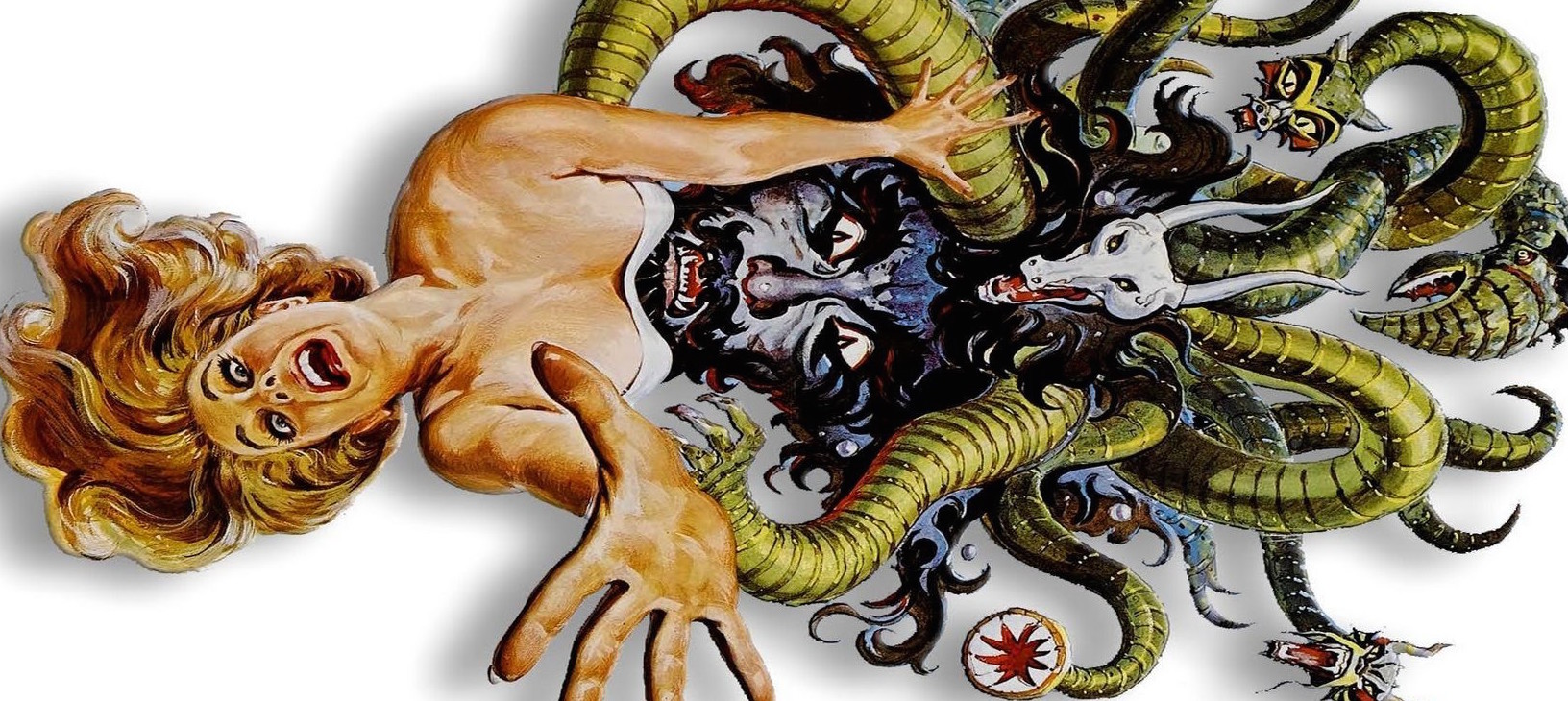

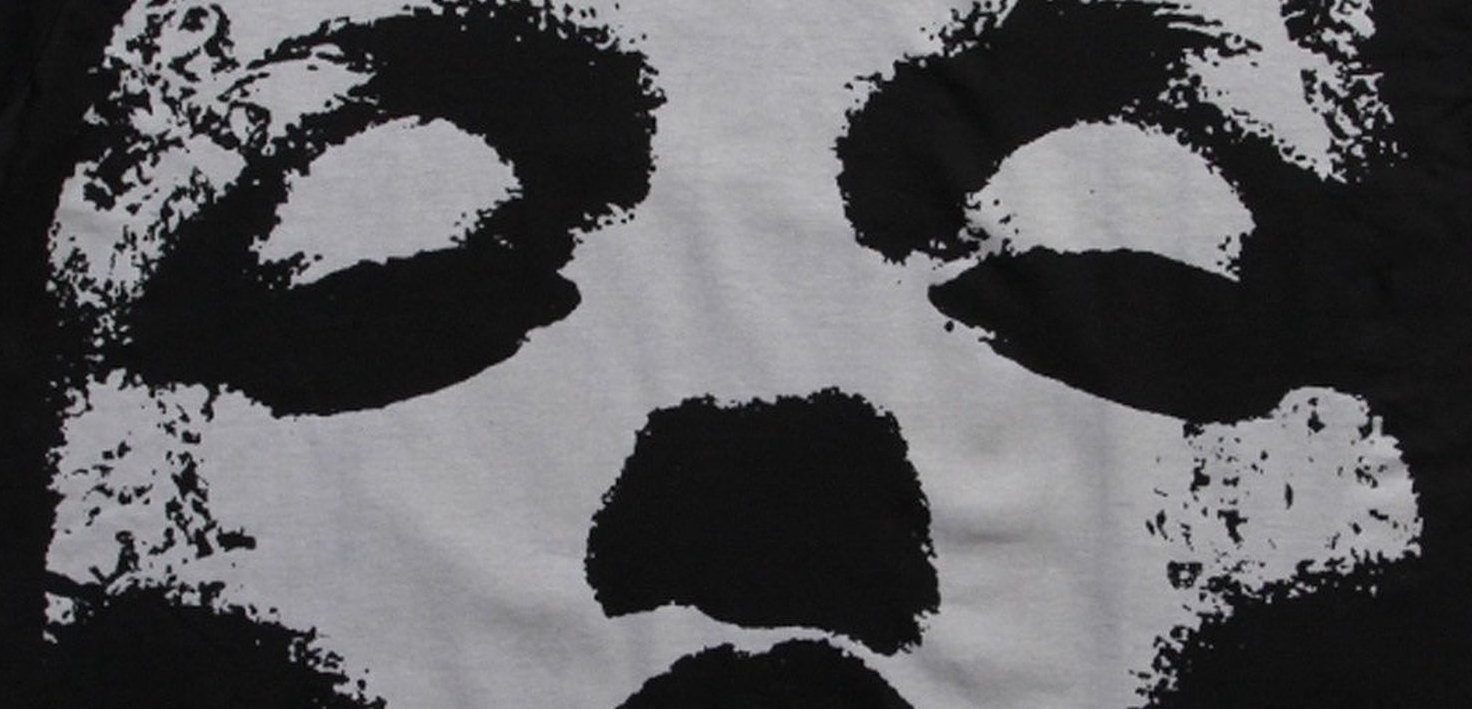
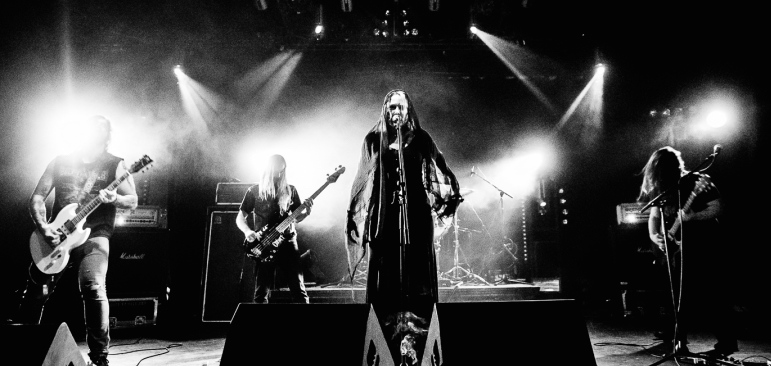
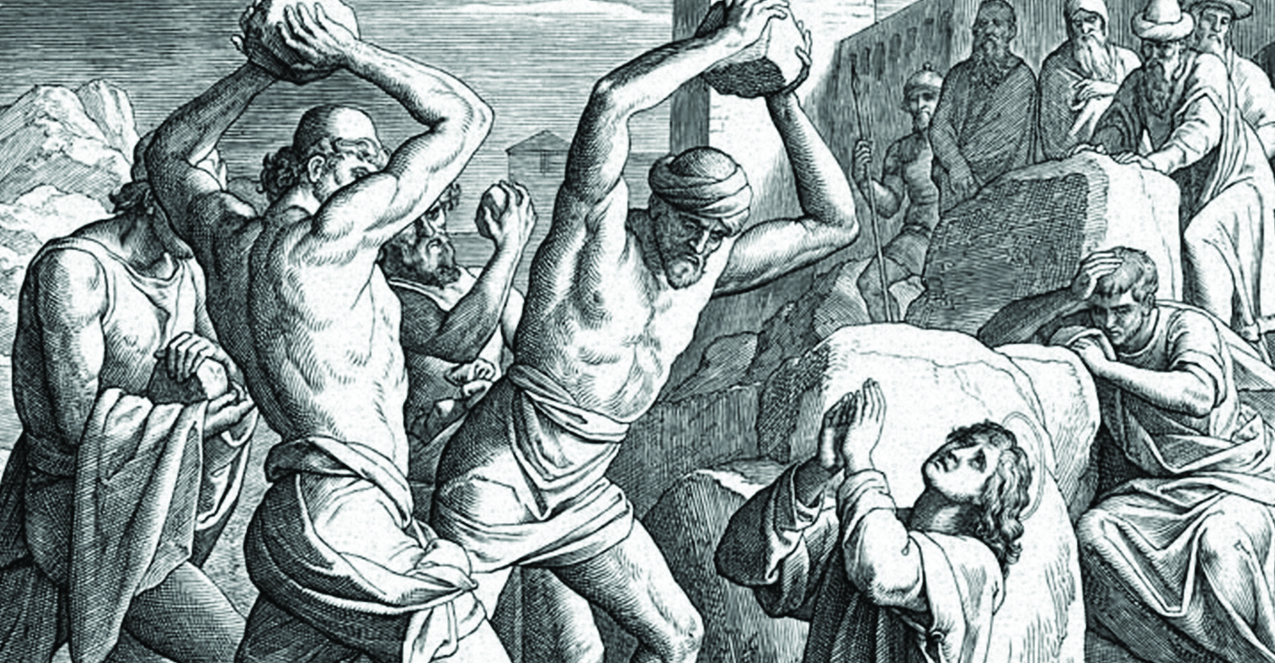
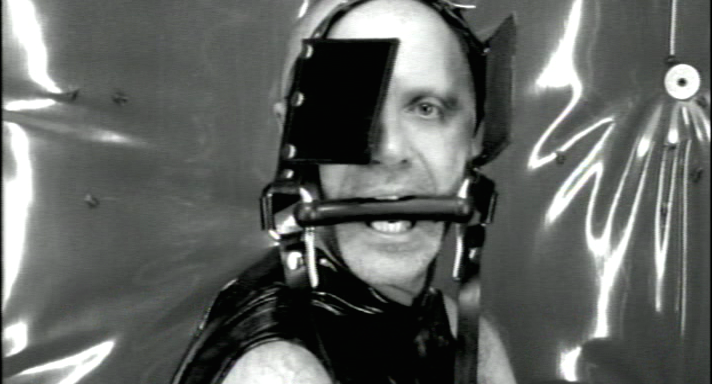

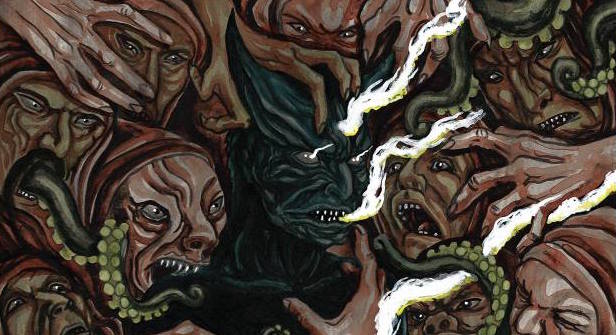
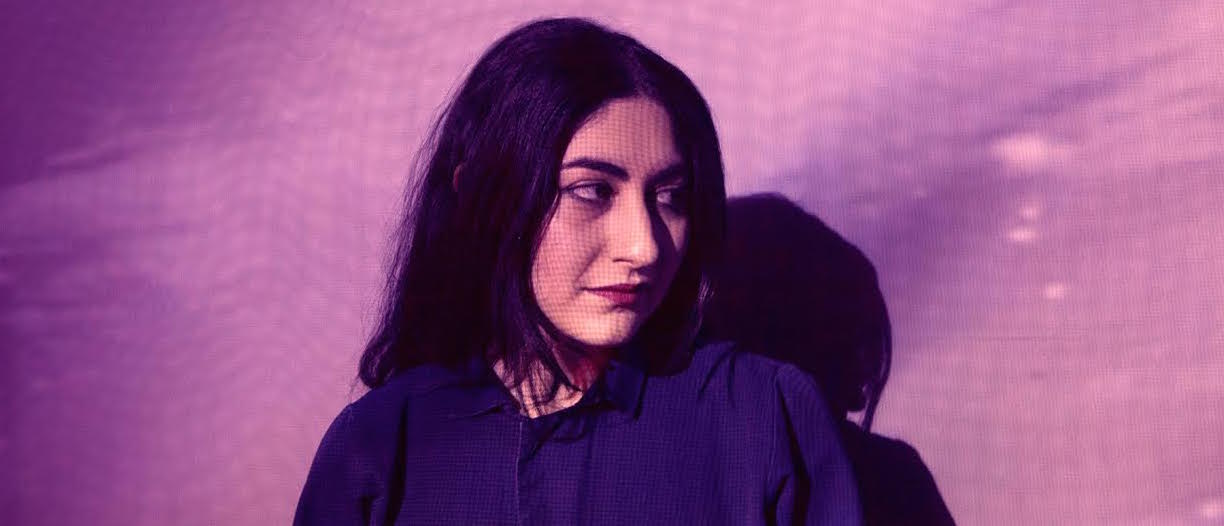
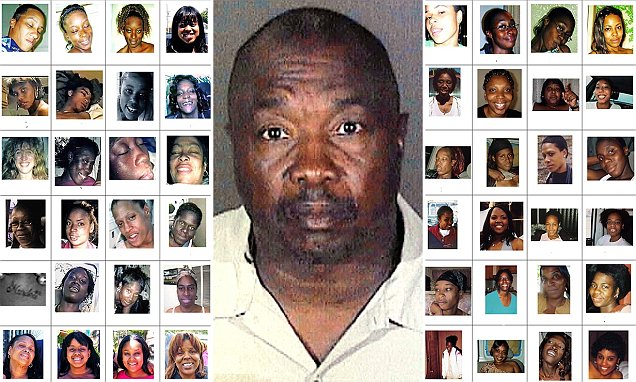
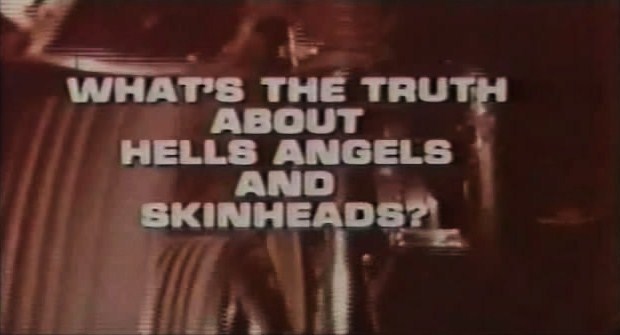
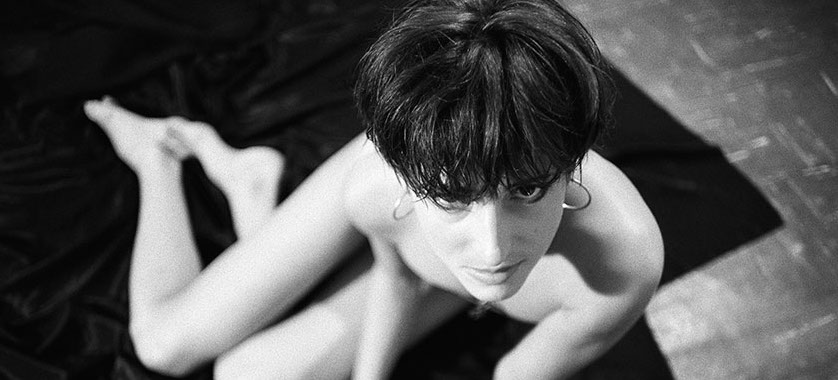

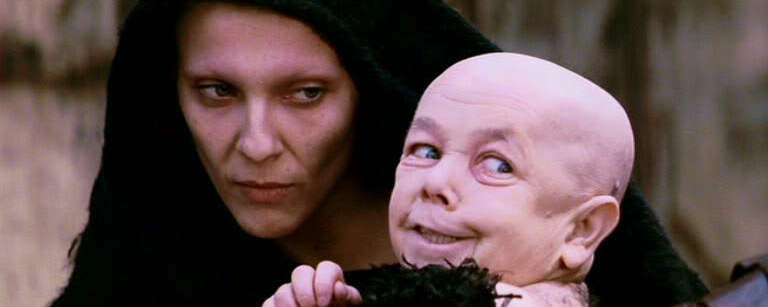


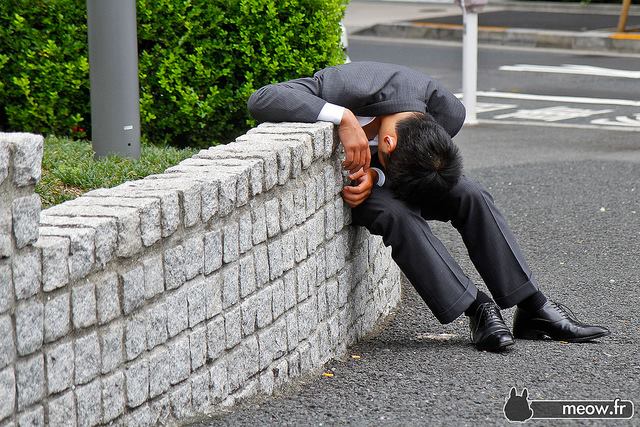



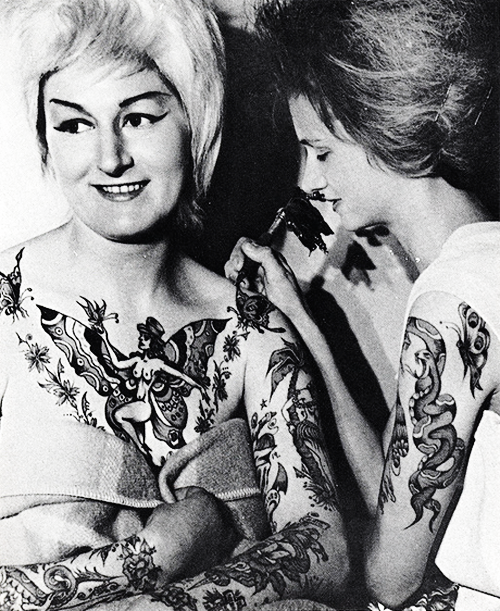

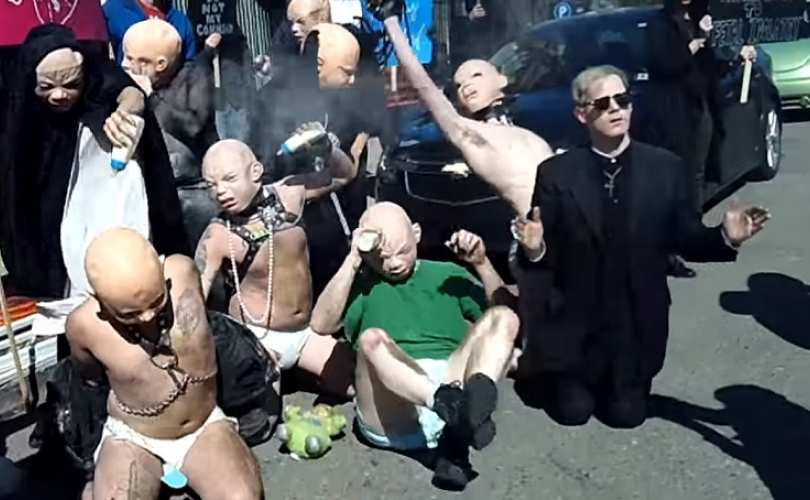









Shannon Day
August 25, 2013 at 2:15 am
Thanks for this — a great interview with a great band!